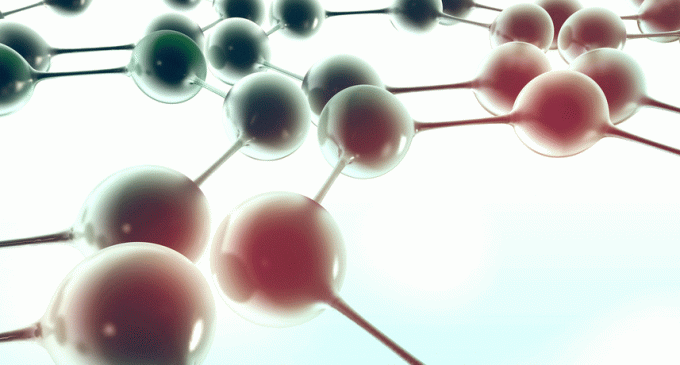Synthetic mini-protein binders may provide a new class of drugs

Scientists at the University of Washington (UW) have designed mini-protein binders on a computer platform, which are not naturally occurring and may potentially be possible drug candidates.
“These mini-protein binders have the potential of becoming a new class of drugs that bridge the gap between small molecule drugs and biologics. Like monoclonal antibodies, they can be designed to bind to targets with high selectivity, but they are more stable and easier to produce and to administer,” said David Baker, professor of biochemistry at the University of Washington School of Medicine and director of the UW Institute for Protein Design, who led the multi-institutional research project.
The study, which has been published by the journal Nature, used a computer platform, Rosetta, that was developed by Baker and colleagues to design thousands of short proteins that were predicted to bund tightly to the molecular target. As a result of the short length of the proteins (only 40 amino acids) they have a high level of stability and can be stored without refrigeration.
When previously created, protein-binder drugs were usually re-engineered versions of naturally occurring proteins. As these newly designed mini protein-binders are original molecules, it is possible to tailor them to fit targets more tightly and can be modified and refined more easily.
In this study, two sets of proteins were designed — one set to prevent influenza from invading cells and the other to bind and neutralise a nerve toxin from botulism. Using Rosetta, the team identified amino-acid sequences of thousands of short proteins that would fit and bind to the influenza and botulinum targets. Then they created short pieces of DNA that coded each of these proteins, grew the proteins in yeast cells and examined how tightly they bound to the targets.
With this method, the researchers were able to design and test 22,660 proteins, from which more than 2,000 were found to bind to the targets with a high affinity.
In evaluating the proteins that bound to the target the best, it was found that the anti-influenza proteins neutralised viruses in cell culture and the others prevented the botulinum toxin from entering brain cells.
When using one of the proteins in a nasal spray on mice, the team found that it completed protected the subject from flu when administered before or up to 72 hours after exposure.
Additionally, the team reported that when testing a subset of proteins, stability was demonstrated and high temperatures were not found to inactivate them either, unlike antibodies.






